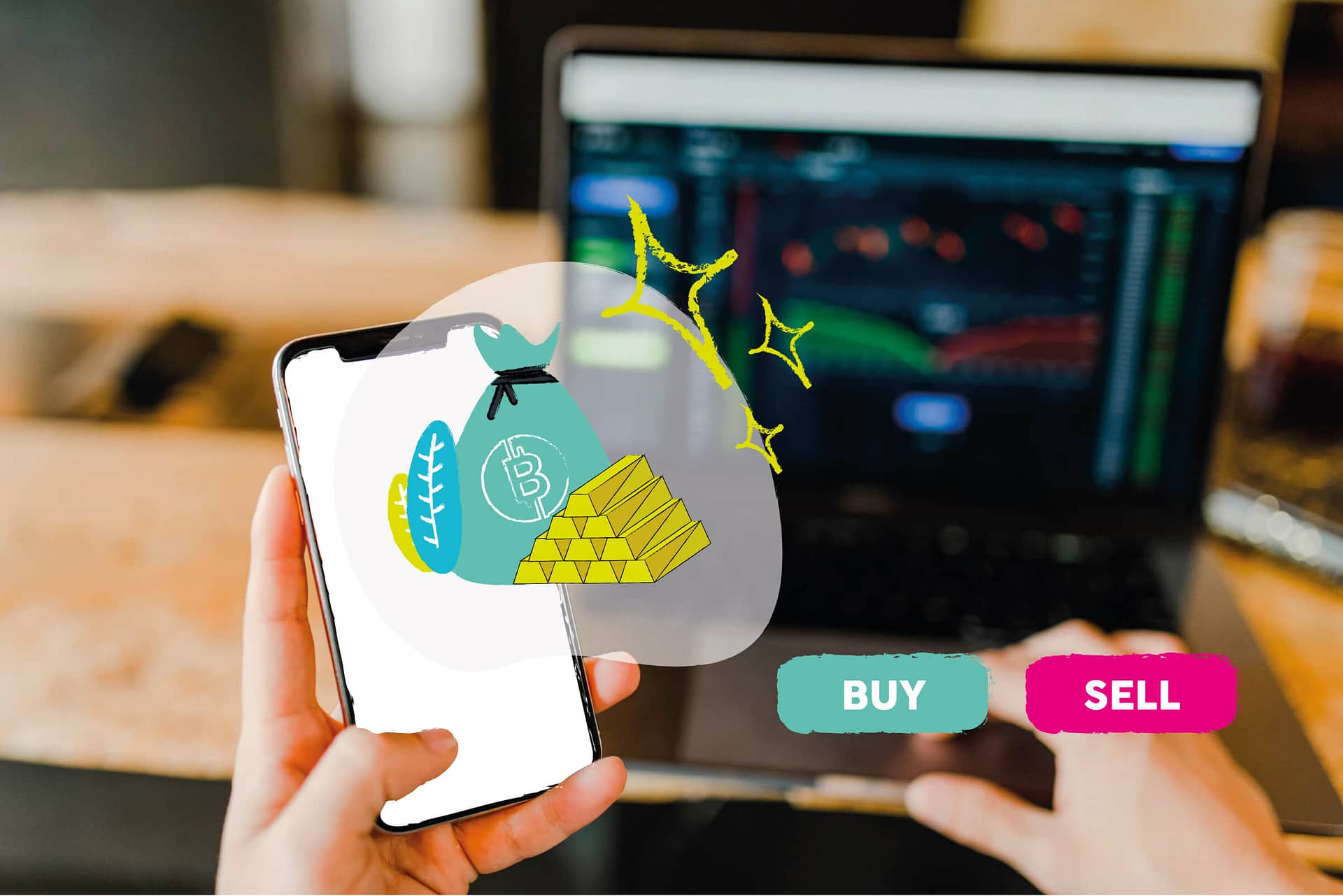Since the FinTech industry has blown up in recent years, it has expanded to create several sub-categories, of which WealthTech is one of them. Services for the preservation of wealth had typically only been offered to those with 6 or 7 figure savings. With the help of technology, more investment opportunities are surfacing.
Now individuals with a humbler savings balance can invest and get higher returns than what their bank’s ISA is offering. However, the general population doesn’t realize that these offerings exist. Although there has been a slight change in mindset for the average Joe when it comes to wealth preservation, there is still a lot of market share up for grabs. it is now possible for anyone to download an app and invest as little as €5.
WealthTech startups are considered as those which apply innovative ways to preserve and create wealth. However, the use of the term ‘wealth’ doesn’t mean several thousands or millions. Additionally, a WealthTech is not just a company that allows you to invest in the stock market, there are also some B2B offerings.
Will other FinTechs follow suit and enter the WealthTech space? Below we’ll break down the main sub-sectors of WealthTech with an explanation and some examples of startups.
Robo-advisors
Robo-advisors are digital platforms which offer financial advice or investment management online. The Robo-advisor platform can build a diversified portfolio based on the preferences you have inputted on your profile. It can does this with little to no human interaction. E.g. Betterment allows their customers to text and receive answers from a human financial advisor.The total AUM for robo-advisors has reached $980m this year. In addition, there has been a 75% increase in users to around 45,000. This is a sector that is seeing some serious growth. Robo-advisors can be for both B2C and B2B.
Micro-investing
These platforms allow users to invest small sums of cash, allowing them to get returns little by little. A popular way of doing this is by rounding up purchases to the nearest euro and investing the spare change. Instead of needing €1000+ to buy an amazon share, you can buy a €5 slice of it. It’s possible to both automate the process, allowing the platform to manage your portfolio based on your preferences, or you to choose your own ETFs and stocks.
Micro-investing allows for a more hands-on experience than using a robo-advisor. Fees have also been dramatically reduced. It is common that micro-investing startups have a subscription-based/ flat fee payment scheme. This has levelled the playing field as more people are able to take part in investment opportunities. Furthermore, you can learn more about investing as you tend to be guided with recommendations and explanations.
Digital brokers
A broker would usually charge a flat fee per trade, handling fees and other hidden fees. These high fees are why investing has traditionally only been available to those who can invest large amounts. Digital broker platforms vary in target audience, they can supply analyses and a variety of investment instruments (sell, options) for experienced investors. On the other hand, there are also digital brokers that are tailored for beginners.
Investment tools & Portfolio management
Investment tools are a B2B segment of WealthTech, these are services which help investors. Typical aspects include comparison tools, access to networks of advice and research analyses. Portfolio management solutions are also a B2B offering. These help financial institutions with asset class analyses, then with the help of automation and organization, they increase the efficiency of most tasks.



Leave A Comment